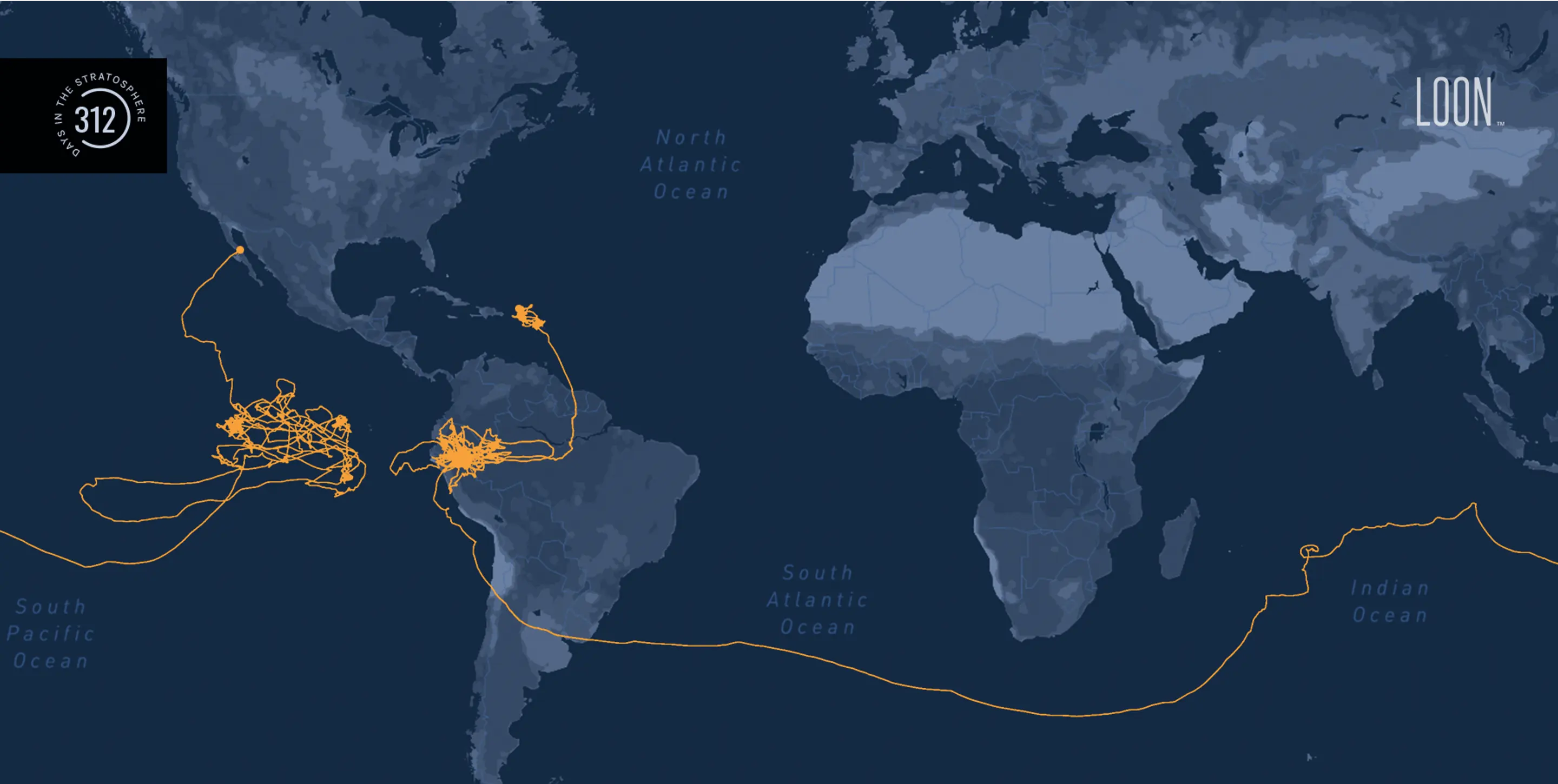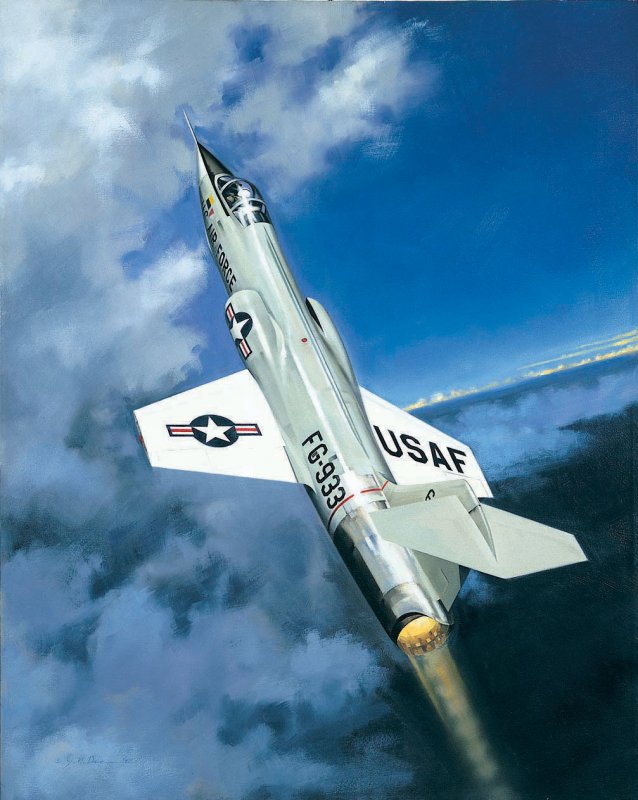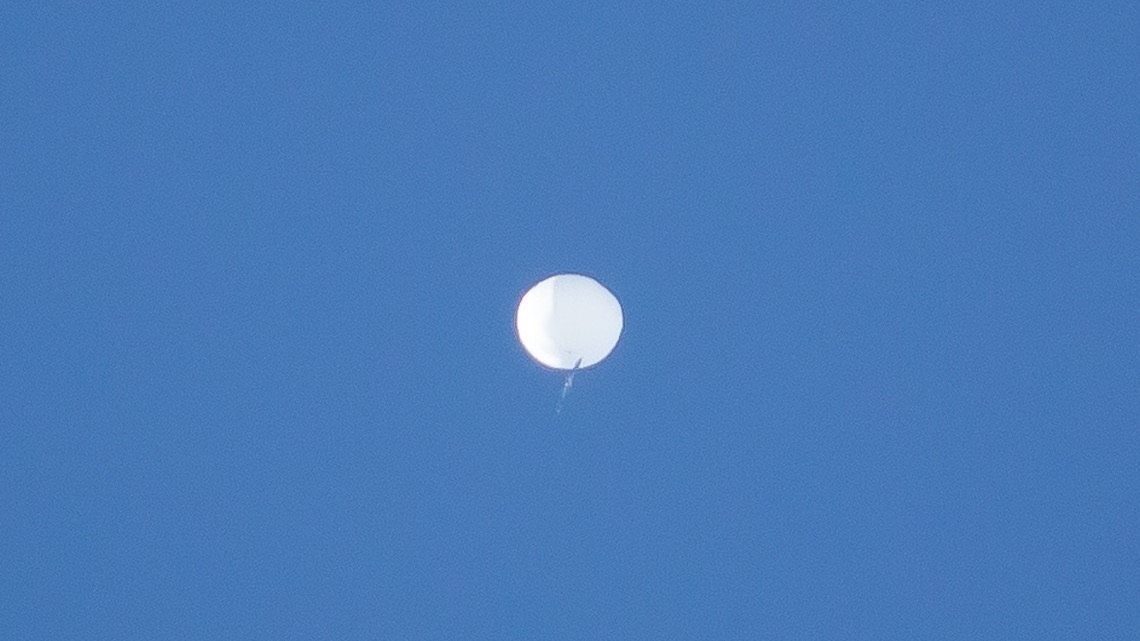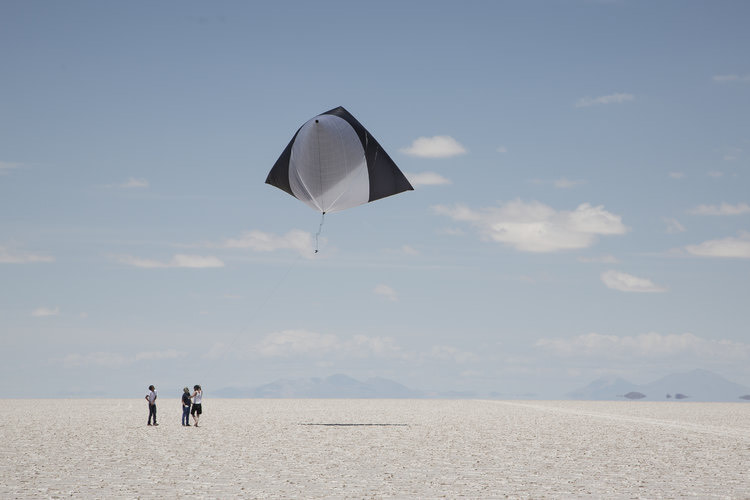A New Sputnik Moment
When an F-22 fighter jet destroyed a Chinese high altitude balloon last week, many saw the latest high tech aircraft deflating an old-fashioned novelty. The balloon, however, represents the newest aerial navigation technology, and a category of aircraft that will only grow in importance.
The F-22 arrived in the upper stratosphere by brute force, its turbofan running at full tilt, vectoring thrust to maintain altitude with an all-consuming roar audible over a dozen miles away. The balloon, meanwhile, had silently and elegantly pinpointed an overflight of US missile silos after a transcontinental journey, navigating there on wind currents selected by precise weather measurements and accessed with a little bit of solar power.

Loon’s record-breaking flight. Loon, LLC, 2020
Both aircraft were built upon technologies and flight concepts of previous centuries. Wind current-based balloon navigation was proposed at the outset of human flight in the late 1700s, and the first jets emerged 80 years ago. However, it has been a long time since jets added genuinely new capabilities. Modern jets emerge from a series of design compromises in a well-defined domain. The F-104, designed in the 1950s, was better equipped to meet a balloon at high altitude than the F-22. The F-22 is more efficient and maneuverable, stealthier, and less likely to kill its pilots; different capabilities chosen through trade-offs.

This is what the past looks like: 1958 USAF illustration of the F-104 Starfighter, one-time airplane altitude and time-to-climb record holder
The future of flight is not brute-forcing our way through the atmosphere in fuel-intensive sprints; it is data-driven, efficient, and persistent. Although precision wind current navigation of balloons may have been first proposed nearly two and a half centuries ago, it has only been demonstrated in the past half decade: first by Loon, and then by a variety of teams at Raven Aerostar and Ball Aerospace, Urban Sky, and now the People’s Liberation Army Air Force. Precision wind current navigation by balloon is the latest cutting edge of flight technology, and US teams are leading with demonstrations of far more complex flight logistics than the recent Chinese balloon.
Raven Aerostar, selling military surveillance balloons in 2020:
Whether floating on a balloon or gliding on wings (see my post sailing the sky), future aircraft will leverage weather data to use the energy of the atmosphere itself for controlled flight. They will be able to stay aloft for weeks, months, or even years at a time. In the near term, these data-driven flight systems will compete with satellites, offering similar or better capabilities at lower cost and with far fewer environmental impacts. Already, space luminaries such as Anousheh Ansari are investing in solar powered stratospheric platforms like Sceye. These companies will present serious competition for the space launch industry.
Over the longer term, data-driven, solar and wind-powered flight systems will, I hope, define a new era in human flight. These flight systems will lower the cost of air freight and air travel to within reach of everyone, and promise new sources of energy through airborne wind power. Data-driven flight offers a vision of an exciting transportation future that doesn’t demand ever more energy per passenger. An Aerocene era, as Tomas Saraceno has coined it, where we inhabit the atmosphere rather than merely visiting it.
The Aerocene Project in Mexico, 2016. CC BY Aerocene Project.
In the wake of this balloon overflight, there are increasing calls for asserting military dominance over near space, locking down our common sky behind fictitious borders. Yet the balloon, a captivating, diaphanous, and ethereal aircraft, only ever posed a hazard if shot down. Had the balloon popped on its own, a parachute would surely have carried it to a gentle landing.
Resist the violent posturing. This moment calls for diplomatic opening and the creation of shared rights of way, just as the International Geophysical Year laid the groundwork for the launch of Sputnik and the creation of the Outer Space Treaty. Don’t let fear foreclose the future of flight.
This post is a part of my Aerocene series on the future of flight.
Header Image: Evan Fisher CC-BY

